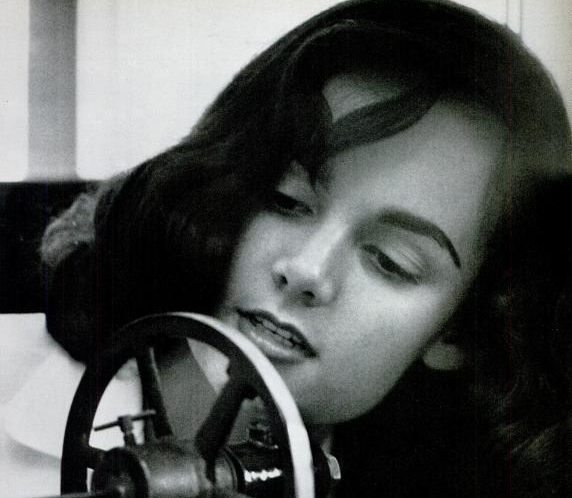I got to spend a little time today pursuing one of my hobbies, the history of physics. I had noticed earlier this week that there were three Trimbles all involved in disparately similar activities, Virginia Trimble, astrophysicist, Charles Trimble, GPS inventor and executive, and George Trimble, NASA deputy director of manned spacecraft during the Apollo missions. For one of the projects I'm working on I was attempting to find out of the three of them were in any way related, either familially, or by career or professional avenues. I did find out that Virginia and Charles Trimble attended the California Insittute of Technology during the same time period, but that's about it so far. Today I got sidetracked by the fact that Virginia Trimble,(picture 1) in addition to being featured in Life Magazine[1], and Twilight Zone promotions[2], was married to Joseph Weber[4].
Joseph Weber is shown in picture 2
References:
1. Virginia Trimble in Life Magazine
http://books.google.com/books?id=fFUEAAAAMBAJ&lpg=PA95&pg=PA98#v=onepage&f=true
2. Virginia Trimble in Twilight Zone promotions
http://martingrams.blogspot.com/2012/11/the-twilight-zone-princess-twilight.html
3. PRL on graviational wave detection (open access)
http://journals.aps.org/prl/abstract/10.1103/PhysRevLett.22.1320
4. Joseph Weber on Wikipedia
https://en.wikipedia.org/wiki/Joseph_Weber
5. Laser Maser paper, (sadly not open access)
http://ieeexplore.ieee.org/xpl/articleDetails.jsp?tp=&arnumber=6811068
Joseph Weber is shown in picture 2
Although you can read all about him on Wikipedia, I thought I'd include a few of the intereting bits, (to me anyway), here. Dr. Weber was the first scientist to build a gravitational wave detector. In 1968 he began to report on data he was accumulating from the detector and in 1969, he reported the first discovery of gravitational waves in Physical Review Letters[3], (open access!). The results eventually became hotly contested and currently are largely believed to be invalid. In the process, however, some of the initial ideas for today's gravity wave detectors were worked out.
Weber also presented the first paper detailing the theoretical principles behind masers and lasers[5]. The paper is laid out and communicated in an easily readable fashion with handwritten equations, (picture 3).
Near the beginning of his career, between 1945 and 1948, Dr. Weber headed the Navy's electronic countermeasure design team.
One final note, Dr. Weber had a famous graduate student in Robert L. Forward. As it turns out, Forward's dissertation involved work on Weber's gravity wave detector. Forward went on to work at Hughes Research Laboratory where he did further work on a gravity gradient detector. However, he's probably most widely known as a science fiction author, (picture 4).
1. Virginia Trimble in Life Magazine
http://books.google.com/books?id=fFUEAAAAMBAJ&lpg=PA95&pg=PA98#v=onepage&f=true
2. Virginia Trimble in Twilight Zone promotions
http://martingrams.blogspot.com/2012/11/the-twilight-zone-princess-twilight.html
3. PRL on graviational wave detection (open access)
http://journals.aps.org/prl/abstract/10.1103/PhysRevLett.22.1320
4. Joseph Weber on Wikipedia
https://en.wikipedia.org/wiki/Joseph_Weber
5. Laser Maser paper, (sadly not open access)
http://ieeexplore.ieee.org/xpl/articleDetails.jsp?tp=&arnumber=6811068




Comments
Post a Comment
Please leave your comments on this topic: